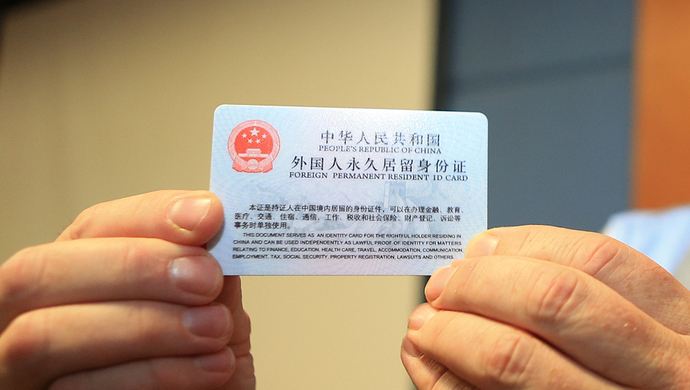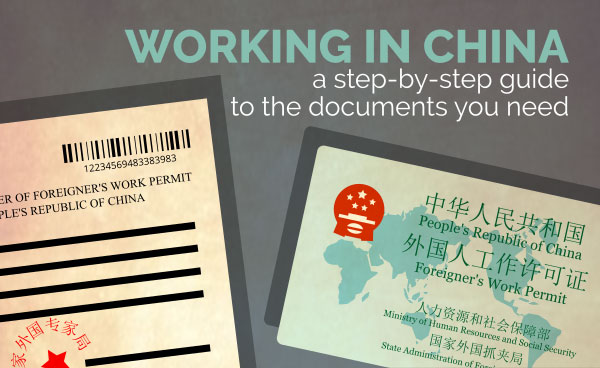
These are generic guidelines - companies may have their own requirements for CVs (such as email with no attachment, etc) so it is important to always pay attention to company requests. Remember that you should always tailor your CV for specific requirements from companies.
Covering letter
In the covering letter, the candidate should refer to his or her relevant qualities for the open position and communicate interest, motivation and demonstrate their individual strengths. While it is important to sound confident, it is also important not to exaggerate. In China, most employers value humbleness, as well as politeness.
In the covering letter, the candidate should refer to his or her relevant qualities for the open position and communicate interest, motivation and demonstrate their individual strengths. While it is important to sound confident, it is also important not to exaggerate. In China, most employers value humbleness, as well as politeness.
Key differences from UK CVs and covering letters:
•Chinese culture values humility so try not to be too ‘hard sell’ and don’t exaggerate •CV includes a passport photograph •More status placed on awards & certificates received so don’t forget to include these in your Education section, e.g. for any languages courses attended or training received •Some employers may want to see original documents and academic records
•Chinese culture values humility so try not to be too ‘hard sell’ and don’t exaggerate •CV includes a passport photograph •More status placed on awards & certificates received so don’t forget to include these in your Education section, e.g. for any languages courses attended or training received •Some employers may want to see original documents and academic records
CV
There are no rigid rules for the submission of a CV but here are some guidelines but it should be one or two (maximum) pages long.
•Personal information should be included at the top of the CV: Name, address, telephone and email information. Sometimes gender and date of birth may be included. A passport photo can be put on the first page of the CV.
There are no rigid rules for the submission of a CV but here are some guidelines but it should be one or two (maximum) pages long.
•Personal information should be included at the top of the CV: Name, address, telephone and email information. Sometimes gender and date of birth may be included. A passport photo can be put on the first page of the CV.
•Statement of career objectives: A statement of career objectives should follow.
•Education: Place the ‘Education’ section at the top of the CV this information should be listed in reverse chronological order. Names, locations and dates of attendance for each institution should be given, along with areas of academic concentration and the type and date of degrees. It is usually recommended to include information about thesis or projects worked on in this section. Special courses, internships, training programs, part-time work and foreign study may also be included in this section.
Work Experience: Positions held should be listed in reverse-chronological order. These listings should include the name and location of the company, its field and focus, dates of employment, title(s), and major responsibilities and accomplishments. Information that is relevant to the position being sought and shows career development should be emphasized. Any gaps in work history should be explained.
Other relevant information: The next section of the CV covers other related information not already mentioned. This includes awards, promotions or any special recognition received during employment. The Chinese prefer modesty, so it is important not to sound arrogant in providing this information.
Relevant skills: Particularly language proficiency, should be listed briefly, including competency levels in speaking, writing and reading each language. The candidate’s knowledge of any special computer languages and programs should be included here as well. Membership in and activities with relevant professional groups may be of interest to the employer, as well as some personal interests. The foreign jobseeker may also note his or her citizenship. also note his or her citizenship.
References: The last item on the CV. If responding to a job advertisement that asks for references, they should be included. Otherwise, the CV may state “References available on request.” Alternatively, all mention of references may be left off the CV and clarified later.
Supporting docs: Usually for a young graduate, the cover letter and CV should be presented nicely along with a description of the latest University/school that she/he attended, transcripts, photocopies of certificates of awards and honours, professional capabilities, computer skills and language proficiency.
In recent years, local Chinese businesses and international companies with branches in China have advertised positions on their websites and accepted applications by email. In this case, the letter and CV should be sent as an attachment, using a common word processing program such as Microsoft Word.










 京公网安备 11011202001511号
京公网安备 11011202001511号